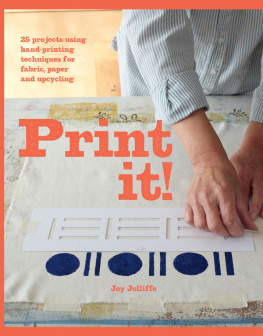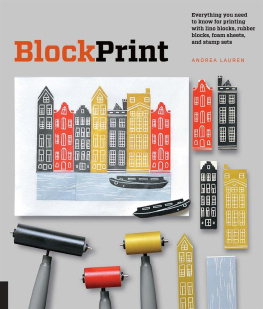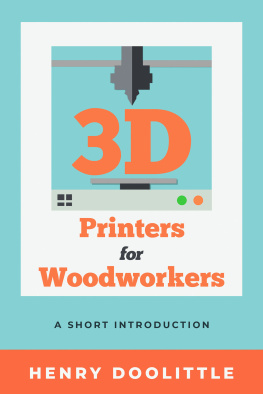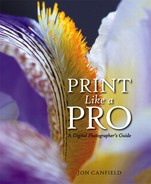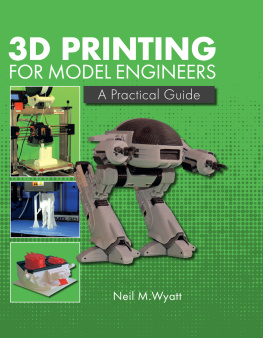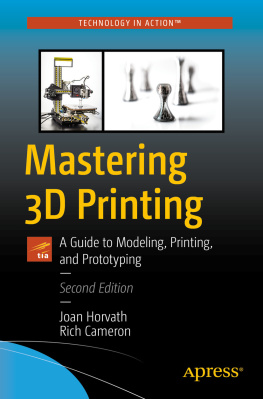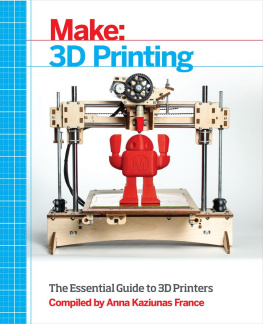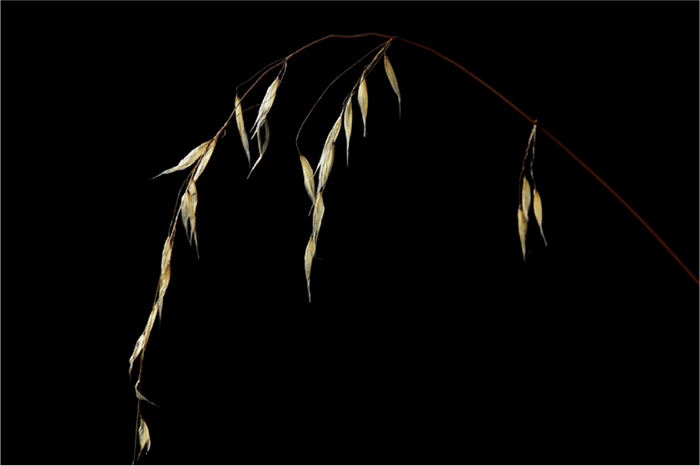Fine Art Printing for Photographers
3rd Edition
Fine Art Printing for Photographers
Exhibition Quality Prints with Inkjet Printers
3rd Edition
Uwe Steinmueller and Juergen Gulbins
Juergen Gulbins,
Editor: Joan Dixon
Copy Editor: Maggie Yates
Layout and Type: Juergen Gulbins
Cover Design: Helmut Kraus, www.exclam.de
Cover Photo: Uwe Steinmueller
Printer: Everbest Printing Co. Ltd through Four Colour Print Group, Louisville, Kentucky
Printed in China
ISBN-13 978-1-937538-24-8
3rd Edition 2013
2013 Uwe Steinmueller, Juergen Gulbins
Rocky Nook Inc.
802 East Cota Street, 3rd Floor
Santa Barbara, CA 93103
www.rockynook.com
First published under the title Fine Art Printing fr Fotografen: Hochwertige Fotodrucke mit Inkjet-Druckern
dpunkt.verlag GmbH, Heidelberg, Germany
Library of Congress Cataloging-in-Publication Data
Steinmueller, Uwe.
[Fine art printing fr Fotografen. English]
Fine art printing for photographers : exhibition quality prints with inkjet printers /
by Juergen Gulbins, Uwe Steinmueller. 3rd ed.
pages cm
ISBN 978-1-937538-24-8 (softcover: alk. paper)
1. PhotographyDigital techniques. 2. Photography, Artistic. 3. Ink-jet printing. 4. PhotographyPrinting
Processes.
I. Gulbins, Jrgen. II. Title.
TR267.S7415 2013
771dc23
2013024629
Distributed by OReilly Media
1005 Gravenstein Highway North
Sebastopol, CA 95472
All rights reserved. No part of the material protected by this copyright notice may be reproduced or utilized in any form, electronic or mechanical, including photocopying, recording, or by any information storage and retrieval system, without written permission of the publisher.
Many of the designations in this book used by manufacturers and sellers to distinguish their products are claimed as trademarks of their respective companies. Where those designations appear in this book, and Rocky Nook was aware of a trademark claim, the designations have been printed in caps or initial caps. All product names and services identified throughout this book are used in editorial fashion only and for the benefit of such companies with no intention of infringement of the trademark. They are not intended to convey endorsement or other affiliation with this book.
While reasonable care has been exercised in the preparation of this book, the publisher and author(s) assume no responsibility for errors or omissions, or for damages resulting from the use of the information contained herein or from the use of the discs or programs that may accompany it. This book is printed on acid-free paper.
This book is printed on acid-free paper.
Camera: Nikon D2X
Preface
A brief history
Inkjet printers have been around for more than 25 years, yet digital inkjet printing technology has only come of age in the past 10 years. The earliest consumer models lacked the technology and sophistication to print photographs similar in quality to common silver-halogenid prints (stereotypical photos printed on photographic paper), developed from film negatives or slides. Worse, inkjet prints lacked the lightfastness of silver-halogenid prints. For most users, the digital inkjet printers that delivered the desired image quality, e.g. Iris prints, were, unfortunately, rarely affordable. This economic obstacle has changed dramatically in the last few years, with the rise of digital photography. Thus, there is now a sizeable market for a new breed of inkjet printers from seasoned manufacturers like Epson, HP, Canon, Lexmark and Dell, among other newer brands.
Among the first Super B printers, suitable for both fine art printing and the budget of a broad range of buyers, were the Epson P2000 and P2200 (P2100 in Europe). The breakthrough of this line was based on quality, affordable price, and an Ultrachrome ink set.
Size matters
Many photographs impress viewers only when presented at an optimum viewing size; for example, the typical pocket-size 4 x 6 format is clearly unsuitable as a pleasing means of displaying a beautiful print. For most good shots, even the larger Letter, Legal and A4 sizes often leave viewers wanting more. Enter the A3+/Super B prints, which measure an impressive 13 x 19 inches. In 2005, there was an explosion in the use of these medium and large-format prints, an impressive statistic that further increased in 2006 and 2007 (and beyond) when a number of new fine art printers were introduced by Canon HP, and Epson.
For some photographs, it is advisable to produce even larger prints. Printer manufacturers like Epson, HP and Canon market printers that promise high-quality prints up to 64 inches wide. There are many other large-format printer manufacturers out there, like Encad, Oce, Mutoh, and Roland, yet they are not designed for true, fine art printing. For this reason, we chose to focus on the moderately sized prints and printers, typically from Letter/A4 to C/A2. Most of the lessons of fine art printing, however, can be applied to both smaller and larger prints and printers.
Fine Art Printing is a Sensuous Endeavor
The highly technical nature of fine art printing should not overshadow its ability to awaken the senses. As the term fine art printing expresses, it is the printing of art in a highly artistic fashion. It allows you to project onto paper an image created with a simple digital or film camera, after enhancing the image with image-manipulation software to more accurately represent the original. Todays fine art printing, using a good digital inkjet printer, allows you to produce a quality of equal or higher value than that of traditional silver-halogenid prints, and clearly surpasses the quality of offset or rotogravure printing. When performed optimally, your printing can achieve a richer color gamut and finer tonal gradations than with traditional book- and magazine-printing techniques.
Experiment ... and Discover!
As with other genres of art, without proper knowledge and practical experience, the resulting print may not be as accurate as the image on your computer monitor, so you may have to try several different techniques, papers, paper sizes, borders, and matte styles. With careful practice, you will hopefully be on your way to producing museum-quality work with less effort than you had previously dreamed.
Though most prints are either displayed in frames behind glass or Plexiglas, often to reduce glare, this has the effect of reducing the visual appeal of the print and the fine art paper on which it is printed. Therefore, it is important to experiment with different types of fine art paper to achieve the desired result. Paper with a certain texture and tactile essence can be very sensuous indeed, so take your time to find the paper that best suits your taste and needs and to achieve the result you like.
A printing papers color, surface, texture, and gloss will determine the kind of print you will produce, and must be carefully chosen to match the feeling you wish to project. An architectural shot may require a different printing paper than a photograph of nature or a landscape. A black-and-white print calls for a certain type of paper that would be unsuitable to a full-color shot. A certain print displayed without glass or Plexiglas will appear entirely different than one framed behind these types of transparent coverings.


